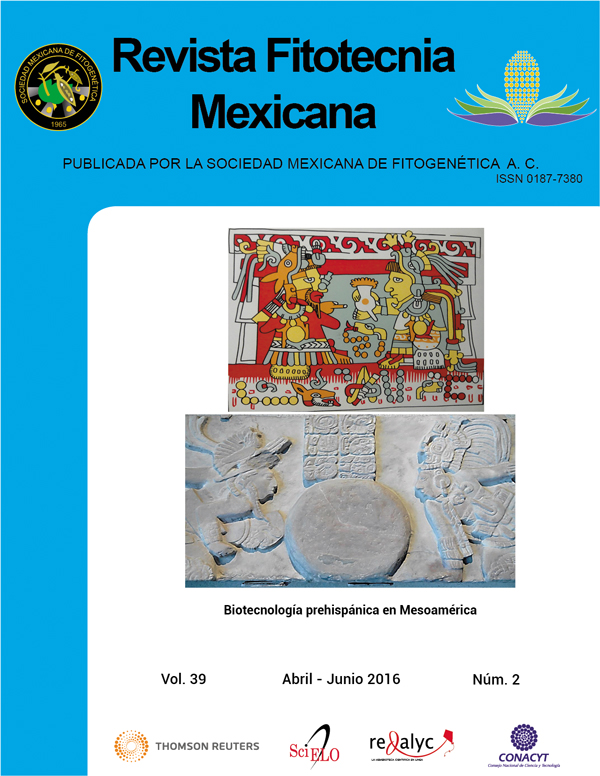PARTIAL ROOTZONE DRYING ADVANCES FRUIT MATURITY OF ROYAL GALA APPLE
Main Article Content
Abstract
Partial rootzone drying (PRD) is a feasible irrigation strategy for saving water, which might save up to 50 % water, while maintaining apple (Malus domestica Borkh) yield. More information is available on the effect of PRD on yield and fruit quality than on fruit maturity advancement (FMA). Therefore, the effect of PRD on FMA of Royal Gala apples grown in a dry area of New Zealand was studied. The irrigation treatments were commercial irrigation (CI) and PRD. Fruit growth and FMA were measured. FMA was estimated based on mean fresh mass of fruit (MFMF), fruit skin color (FSC), fruit diameter (FD), fruit volume (FV), fruit density (FDen), flesh firmness (FF), total soluble solids concentration (TSSC), dry mass concentration of fruit (DMCF), and starch pattern index (SPI). MFMF, FSC, FD, FV, FDen, and DMCF were similar between CI and PRD fruit. However, compared to CI fruit, PRD fruit showed a tendency for enhancing FF and TSSC. SPI was higher in PRD fruit than in CI fruit. Canonical discriminant analysis showed that fruit quality attributes collectively accounted for the significant separation between CI and PRD fruit. The separation was weighed toward higher SPI, which was indicative of FMA in PRD treatment. This has important implications for early marketing. So, PRD application may improve FMA and save irrigation water by 52 %. The PRD could therefore be recommended for similar agro-ecological areas of the world.

